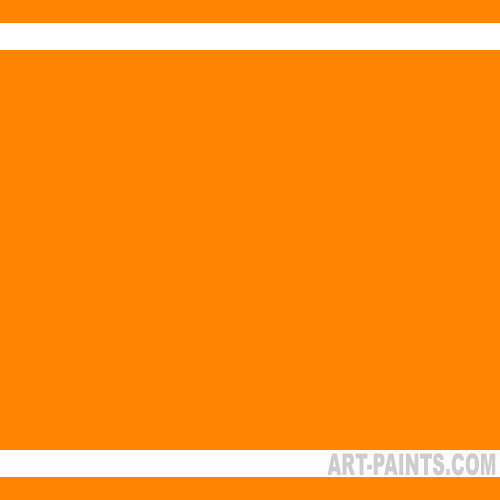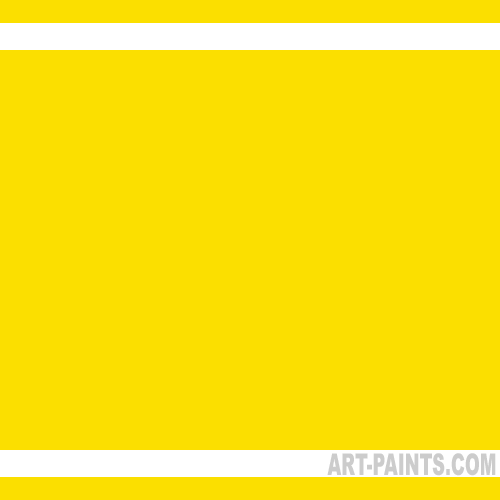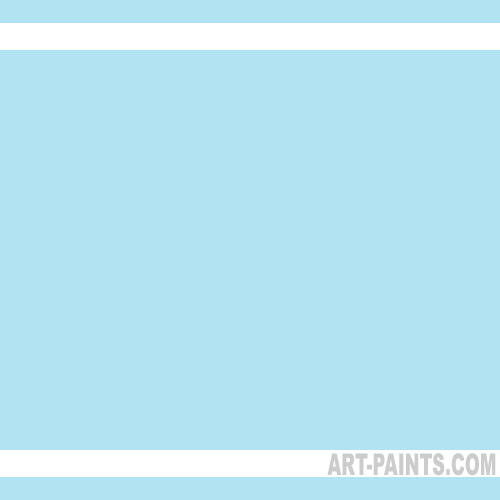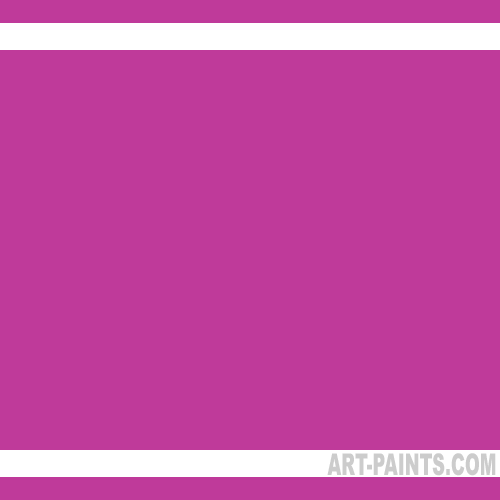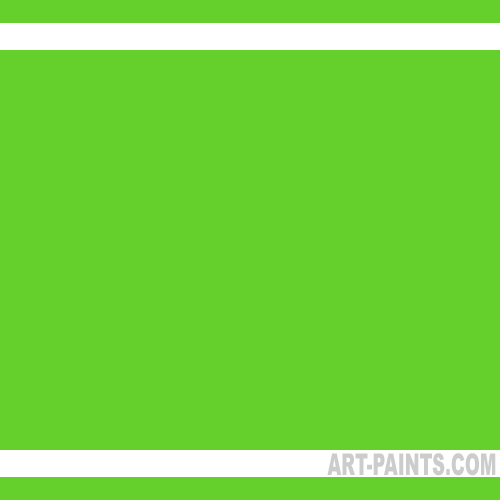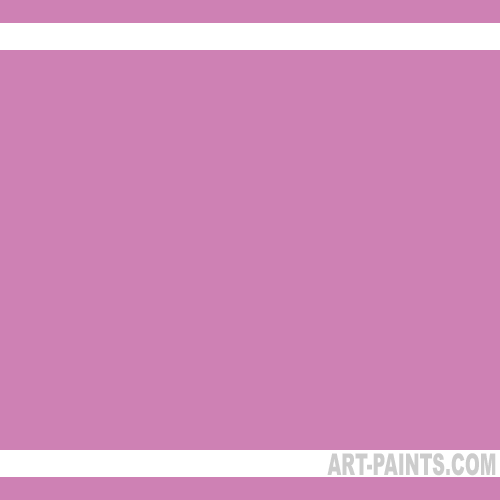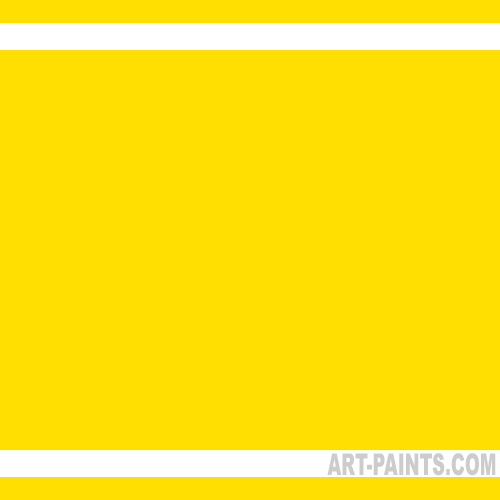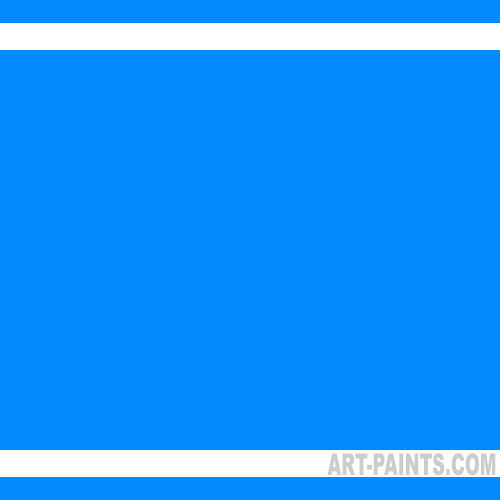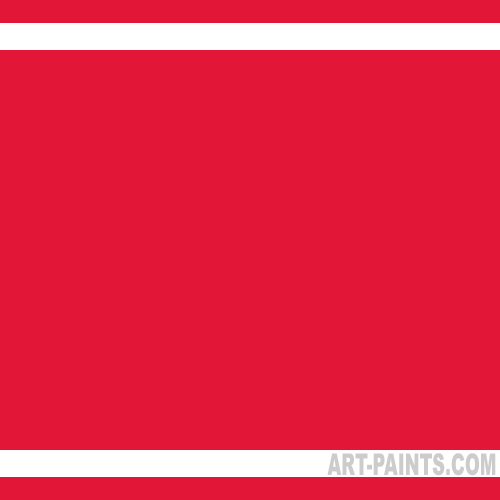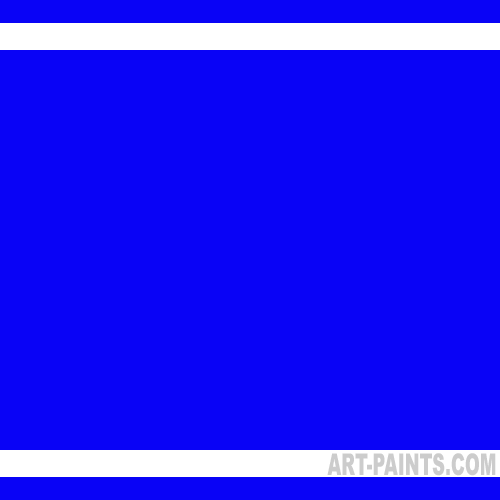Now that the snow has melted away and the ground is beginning to dry up, it’s time to take a stroll outdoors and enjoy the profusion of colors that Mother Nature has painted her canvas with to announce the new season.
The colors of spring can be delicate and subtle like a whisper or have a joyous vibrancy and shout.
Either way, it’s time to get out your paint tubes and paint a colorful and happy springtime scene.
Soft And Delicate Hues
Most of the paints used to create the soft springtime colors will need to be lightened. Used directly from the tube, they contain far more pigment than the understated colors you want for your springtime scene. By adding white paint for oil and acrylic paints or a lot of water for watercolors, you’ll create soft, pale shades of color that add life without shouting.
Crocus, snowdrops, anemone and lilac are soft harbingers of the warmer weather that’s just starting to show itself.
Cadmium Orange
Cadmium Orange is an opaque color and therefore isn’t the first choice for glazing. The deeper colors have very good permanence, but the lighter versions may fade when exposed to UV rays.
Cadmium is a known carcinogen so much of the cadmium pigment has been replaced with azo pigments that are non-toxic.
Cadmium Yellow Light
This strong, true yellow is brilliant, has good hiding power and has a lot of tinting strength. It is lightfast and has good permanence, although it may fade with continued exposure to UV rays.
It’s another pigment that has been altered by using azo pigments to remove the carcinogenic risk factor.
Cerulean Blue Light
This soft blue is a very opaque pigment. However, it has a low tinting strength. Cerulean Blue is very lightfast and maintains its color extremely well.
The paint is slightly toxic with contact to the skin and the pigment is also toxic if ingested, so just say no when you’re tempted to hold you brush in your mouth.
Cobalt Violet
This transparent hue has high tinting strength and staining power. This shade has good lightfast qualities, although in light tints and washes it may fade.
Light Green
This transparent hue is a high-intensity color that has a high tinting strength. It’s also very lightfast and doesn’t fade with exposure to UV rays. It a good choice for glazing and it has no known toxicity.
Light Magenta
This color is semi-transparent and has good lightfastness. Light Magenta has a low tinting strength and works fairly well as a glazing medium.
Although the paint isn’t toxic, prolonged contact with skin may cause irritation.
Bright And Bold Colors
These colors create a riotous explosion of the vast array of flowers that spring up this time of year. Pure and powerful, these shades are not tempered or toned down.
Tulips, pansies, daffodils and primrose are jewels in a spring garden that bring a brilliant burst of color to sweep the gray, winter days away.
Cadmium Yellow Medium
This dense, opaque yellow has good tinting strength and very high hiding power. A brilliant yellow, Cadmium Yellow is lightfast and permanent.
Cadmium has been replaced with azo pigment to produce this non-toxic version.
Cobalt Blue
Cobalt Blue is a grainy paint that is semitransparent and has moderate tinting strength. This graininess varies between manufacturers due to different grinding and mixing processes. It is extremely stable and lightfast, although it is toxic by both skin contact and inhalation.
Pyrrole Red
This clean, saturated red has high color strength and covering power. It has excellent lightfastness and permanence as well as a high rating for UV exposure.
Pyrrole Red is also non-toxic, so it’s a safe choice among red hues.
Ultramarine Blue
Ultramarine Blue is one of the most popular blue hues. It’s a warm, brilliant blue that leans to the purple end of the spectrum. It is very transparent, so it’s a good choice for glazing and it has a high tinting strength. True Ultramarine Blue has excellent permanence, but synthetic Ultramarine Blue has less staying power.
This pigment has no known toxicities and is PERFECT for Springtime! :)
